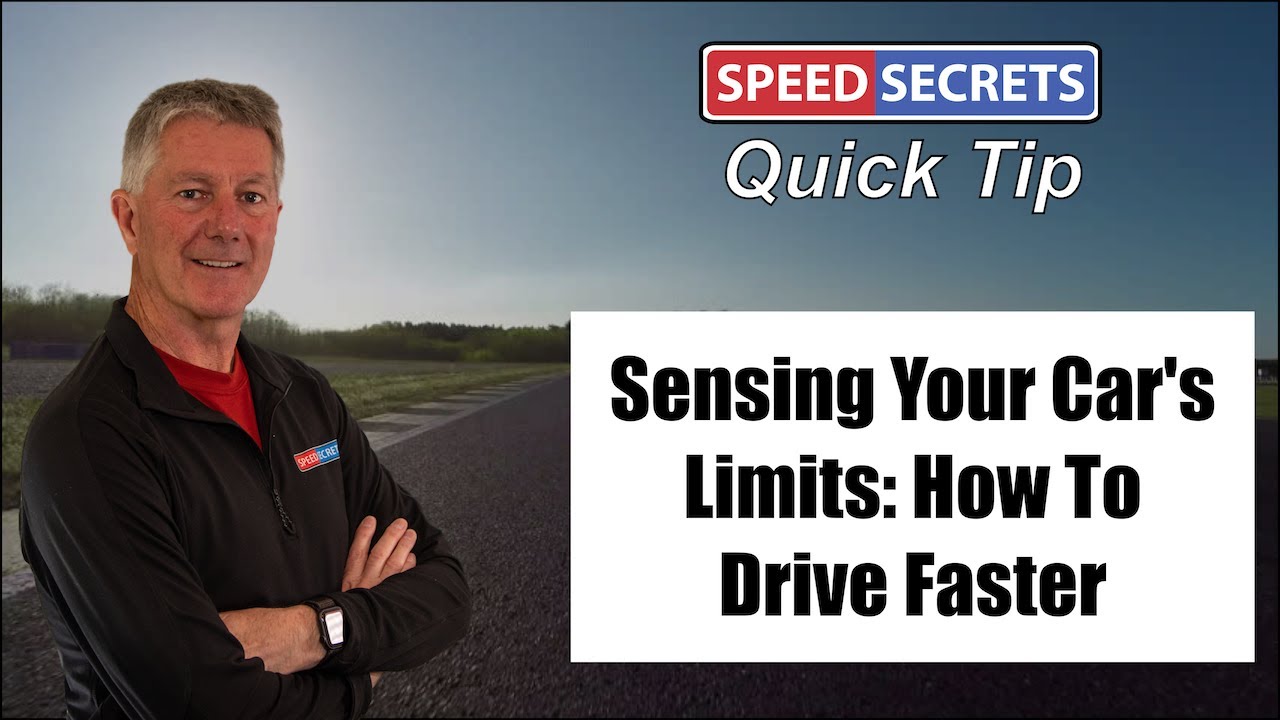Q: “What can I do to improve my kinesthetic sense so that I can better understand and manage what the car is doing? I have been trying to use visualization techniques and other things to get mentally prepared, I have been practicing “vision” both in terms of learning how to look down the track rather than always staring at braking points or apexes as well as “looking” around blind corners, but feel like (other than driving) I haven’t really been doing anything to improve my kinesthetic sense. What can and should I be doing?”
A: I recommend doing what I call Sensory Input Sessions.
First, take an entire track session (15, 20, 25, 30 minutes, or whatever length of time the session is), and focus 100% on taking in more visual information. If your brain acts like a computer (and it kinda does), then the better the quality of information going into your brain, the better the quality of the output (your driving). So, you still need to drive quickly, but the focus should be on soaking up more information with your vision. What do you see that you’d never noticed before? At the end of the session, you should be able to make note of at least 5 things you’d never noticed visually before.
Then, do an auditory session, where all you do is focus on soaking up more information with your hearing. Listen to the engine, transmission, brakes, tire noise, and the sound of the air rushing past the car. How does it relate to the track? Think of your brain as a sponge, and it’s soaking up more auditory information.
Then, do a kinesthetic session, where you focus on everything you can feel. What do you feel through the steering wheel? Do you feel the g-loads building up and then tapering off? What about the weight transfer? How about what you feel through the pedals? Through the seat? What about what you feel from the track – bumps, surface changes, varying grip levels, camber/elevation? The more you take in with your sense of feel and balance, the better.
Finally, do a “traction sensing session.” This time solely focus on which tires have the most traction at various parts of the track. How does that change based on weight transfer, track surface, amount of braking, steering and acceleration?
Being very deliberate with this practice, you will develop a better kinesthetic sense. But this is also not a one-time thing. Do this often, maybe even make it a regular practice session – even if it’s just one of the ones I just mentioned.
To be clear, you have to do this at speed, because if you slow down, things will feel, sound, and look different than at speed. But the focus must be on what you see, hear, and feel, and not the lap times. However, don’t be surprised if you actually go faster while doing one or more of these drills. Why? First, because you’re giving your brain better information to work with. And second, you stop trying hard to go fast, which we all know rarely leads to your best lap times.
Hopefully this helps. This has been one of the most important “tools” I use as a coach, as it always helps a driver improve their ability to sense the limits of the car.
Check out Sensing Your Car’s Limits: How to Drive Faster video on my YouTube channel for more info.

